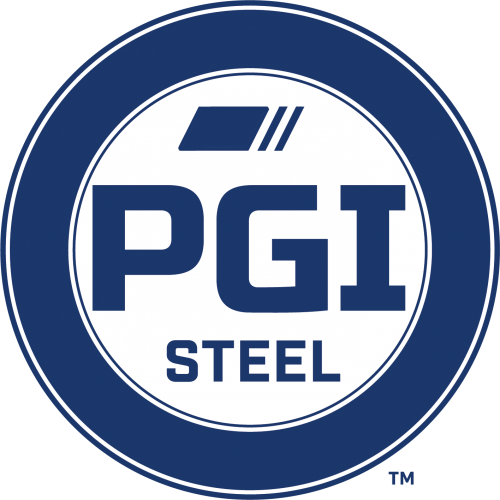PGI Steel's Stress Relieving and Annealing Furnace
PGI Steel can provide you with stress relieving and annealing for steel burnouts, castings, and fabrications to remove the inherent stress properties. Stress relieving and annealing also improve the part’s machinability and promote tighter flatness standards.

Stress Relieving – Soak Temperature 1100-1200˚
Stress Relieving is a heat treating process that consists of heating the steel to a temperature below the critical range to relieve the residual stresses resulting from hot rolling, welding, shearing, or gas cutting. Unlike normalizing or annealing, stress relieving does not change the metal’s chemical / mechanical properties.
We recommend this for lower carbon materials such as A36, A572 Gr50 / A709, 1020 steel, hot roll steel plates and fabrications.
Sub-Critical Annealing – Soak Temperature 1350-1450˚
Sub-Critical Annealing is a relatively low temperature heat treating process used to reduce hardness and increase ductility. This process improves machinability and reduces stress, to decrease the likelihood of cracking during cold working operations.
This treatment should be performed on higher carbon material grades such as 1045 or 4140.
Full Annealing – Soak Temperature 1500-1650˚
Annealing alters the physical and sometimes chemical properties of a material to increase its ductility and to make it more workable. It involves heating a material to above its recrystallization temperature, maintaining a suitable temperature, and then cooling. Annealing can induce ductility, soften material, relieve internal stresses, refine the structure by making it homogeneous, and improve cold working properties.
We can also heat treat to YOUR specifications
In addition to in-house stress relieving and annealing, PGI also offers heat treating, flame hardening, and other types of services through our partners.
*Heat charts are available upon request.

